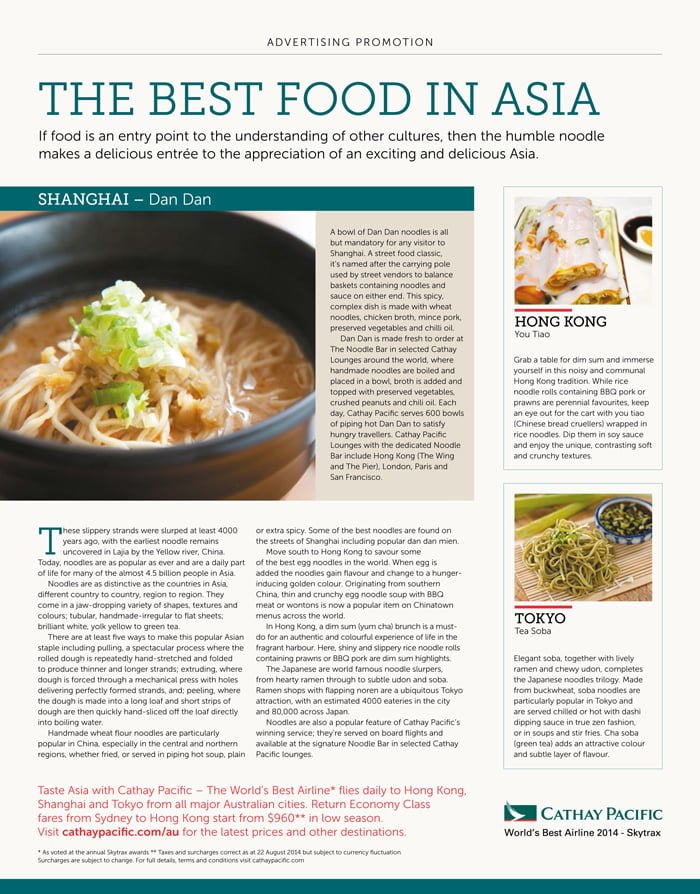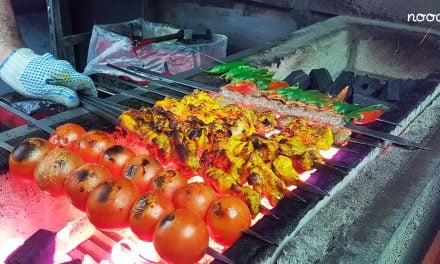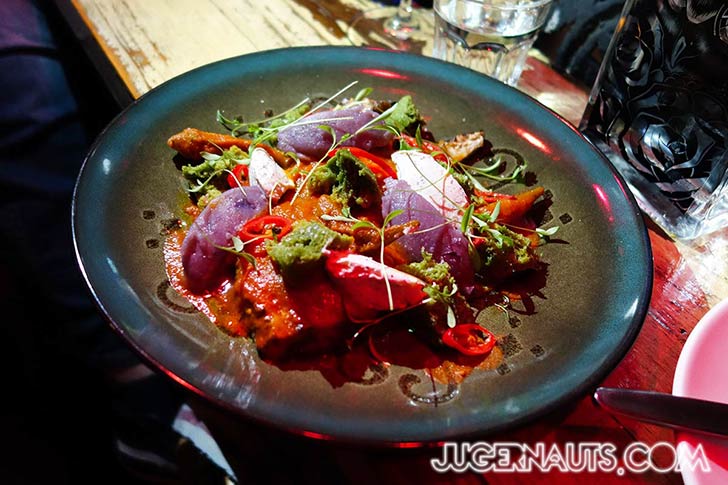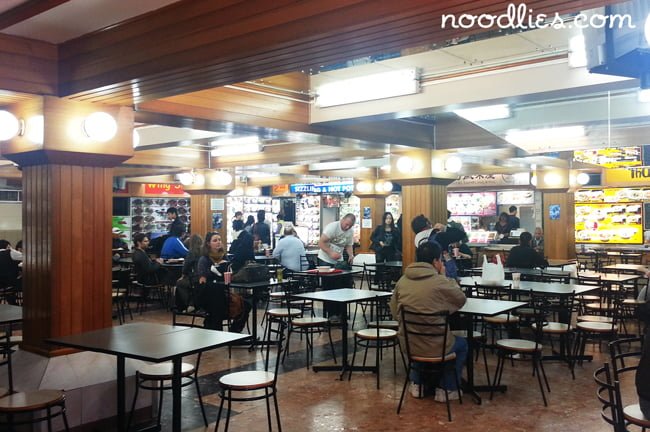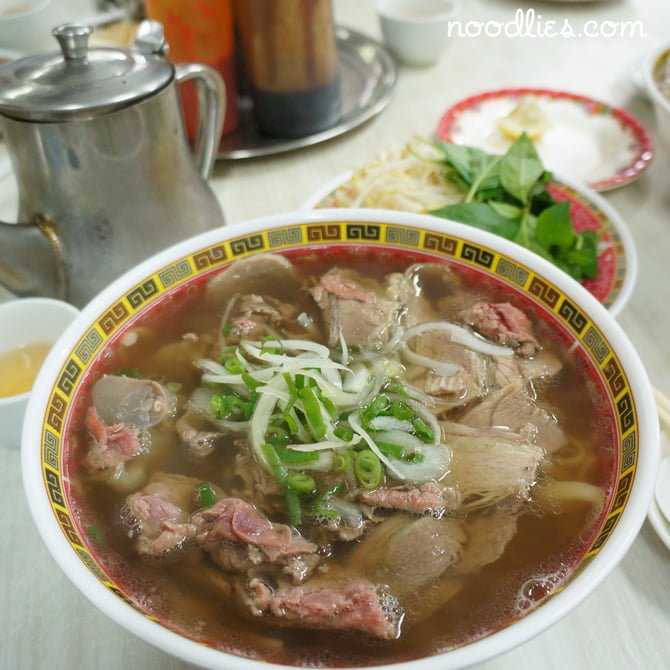Noodlies, Sydney food blog’s feature on noodles in Good Weekend, in the Sydney Morning Herald and The Age (Saturday, 6 September 2014)
The Best Food in Asia
If food is an entry point to the understanding of other cultures, then the humble noodle makes a delicious entrée to the appreciation of an exciting and delicious Asia.
These slippery strands were slurped at least 4,000 years ago, with the earliest noodle remains uncovered in Lajia by the Yellow river, China. Today, noodles are as popular as ever and are a daily part of life for many of the almost 4.5 billion people in Asia.
Noodles are as distinctive as the countries in Asia, different country to country, region to region. They come in a jaw-dropping variety of shapes, textures and colours; tubular, handmade-irregular to flat sheets; brilliant white, yolk yellow to green tea.
There are at least five ways to make this popular Asian staple including pulling, a spectacular process where the rolled dough is repeatedly hand-stretched and folded to produce thinner and longer strands; extruding, where dough is forced through a mechanical press with holes delivering perfectly formed strands, and; peeling, where the dough is made into a long loaf and short strips of dough are then quickly hand-sliced off the loaf directly into boiling water.
Handmade wheat flour noodles are particularly popular in China, especially in the central and northern regions, whether fried, or served in piping hot soup, plain or extra spicy. Some of the best noodles are found on the streets of Shanghai including popular dan dan mien.
Move south to Hong Kong to savour some of the best egg noodles in the world. When egg is added the noodles gain flavour and change to a hunger-inducing golden colour. Originating from southern China, thin and crunchy egg noodle soup with BBQ meat or won tons is now a popular item on Chinatown menus across the world.
In Hong Kong, a dim sum (yum cha) brunch is a must-do for an authentic and colourful experience of life in the fragrant harbour. Here, shiny and slippery rice noodle rolls containing prawns or BBQ pork are dim sum highlights.
The Japanese are world famous noodle slurpers, from hearty ramen through to subtle udon and soba. Ramen shops with flapping noren are a ubiquitous Tokyo attraction, with an estimated 4,000 eateries in the city and 80,000 across Japan.
Noodles are also a popular feature of Cathay Pacific’s winning service; they’re served on board flights and are available at the signature Noodle Bar in selected Cathay Pacific lounges.
Shanghai – dan dan
A bowl of Dan Dan noodles is all but mandatory for any visitor to Shanghai. A street food classic, it’s named after the carrying pole used by street vendors to balance baskets containing noodles and sauce on either end. This spicy, complex dish is made with wheat noodles, chicken broth, mince pork, preserved vegetables and chilli oil.
Dan Dan is made fresh to order at The Noodle Bar in selected Cathay Lounges around the world, where handmade noodles are boiled and placed in a bowl, broth is added and topped with preserved vegetables, crushed peanuts and chili oil. Each day, Cathay Pacific serves 600 bowls of piping hot Dan Dan to satisfy hungry travellers. Cathay Pacific Lounges with the dedicated Noodle Bar include Hong Kong (The Wing and The Pier), London, Paris and San Francisco.
Hong Kong – you Tiao
Grab a table for dim sum and immerse yourself in this noisy and communal Hong Kong tradition. While rice noodle rolls containing BBQ pork or prawns are perennial favourites, keep an eye out for the cart with you tiao (Chinese bread cruellers) wrapped in rice noodles. Dip them in soy sauce and enjoy the unique, contrasting soft and crunchy textures.
Tokyo – tea soba
Elegant soba, together with lively ramen and chewy udon, completes the Japanese noodles trilogy. Made from buckwheat, soba noodles are particularly popular in Tokyo and are served chilled or hot with dashi dipping sauce in true zen fashion, or in soups and stir fries. Cha soba (green tea) adds an attractive colour and subtle layer of flavour.

